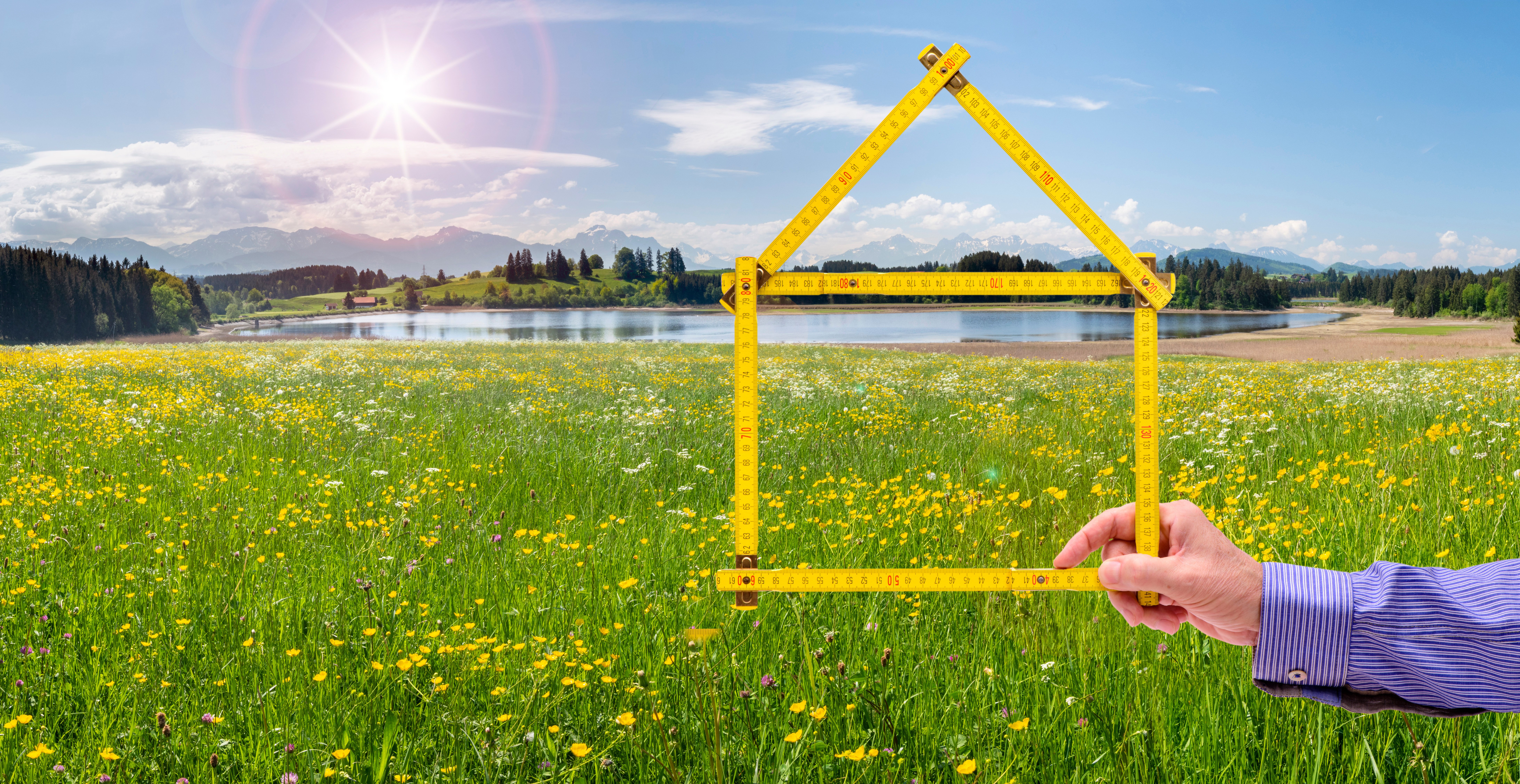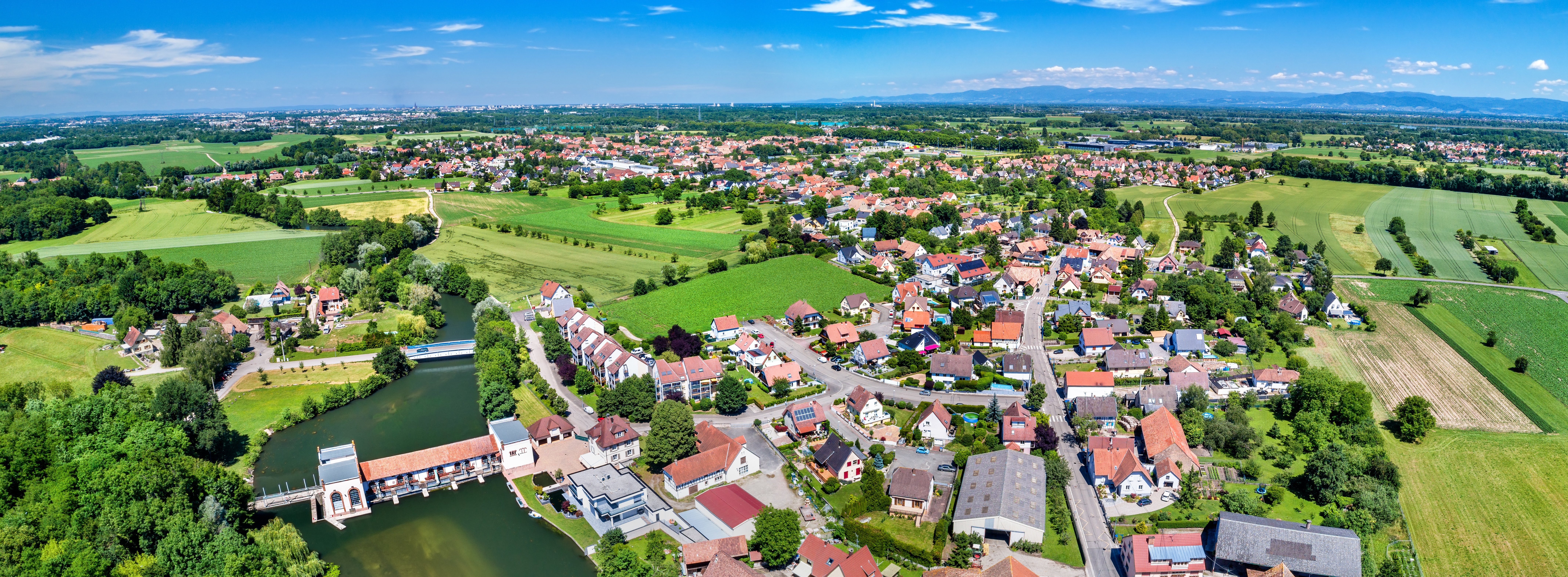.jpg?width=6000&height=4000&name=DSC00359%20(2).jpg)
Digital fiber optic expansion: sustainable and efficient
The nationwide expansion of fibre optics is considered a key prerequisite for the digitalization of the economy and society. However, the expansion itself faces challenges that go far beyond technical aspects. In addition to high demands on speed, quality and cost-effectiveness, another factor is becoming increasingly important: sustainability.
Resource-saving network expansion not only means fewer emissions and less waste, but also more efficient processes and lower costs in the long term. Digital solutions can make an important contribution here to making fiber optic expansion more sustainable - both ecologically and economically.
Digitalization as the key to greater sustainability
Digital technologies offer the opportunity to carry out construction processes in a more targeted and forward-looking manner. The use of modern 3D scanners, for example, enables the exact recording of construction progress. Instead of relying on analog documentation, digital images of reality are created that are not only precise but also permanently available.
This digital construction documentation is the basis for a wide range of optimizations. It facilitates communication between those involved, reduces coordination errors and ensures that decisions are based on reliable data. This not only saves time - materials are also used in a more targeted manner and costly reworking is avoided.
Less rework - more quality
A key aim of digital construction processes is to detect defects at an early stage. By combining 3D scan data processing and intelligent analysis, discrepancies can be detected quickly. Quality assurance processes with AI support are also used here.
These systems analyze scan results or raw data automatically. A subsequent, careful manual review of the data by experienced specialists ensures that decisionsare not just based on algorithms, but are corrected and refined by human expertise. This creates a robust process for quality assurance in construction that is efficient, reliable and scalable at the same time and provides qualitative, enriched and billing-relevant data.
Conserving resources through digital planning
The ability to digitally document routes, excavation pits or house connections brings further ecological benefits. Repeated site visits or unnecessary excavations can be avoided as all relevant information can be viewed digitally at any time. This not only saves time, but also reduces the consumption of materials and machinery.
In FTTH construction site documentation in particular, a digital working method can help to minimize errors, shorten distances and limit interventions in the environment to what is necessary.
Scalable and cost-efficient
Another advantage of digital solutions is their scalability. All-in-one solutions such as DeepUp can be easily integrated and scaled to different project sizes and processes. This not only enables a consistent data situation across multiple construction sites, but also facilitates the training of personnel and the standardization of processes.
Precise documentation and the rapid availability of relevant information make construction projects more cost-efficient overall, not only by reducing the use of materials, but also through lower coordination costs.
Sustainability starts with planning
Sustainable fiber optic expansion means more than just using environmentally friendly materials. It starts with the planning and implementation of construction processes. Digital solutions help to make targeted use of resources, avoid errors and create a robust infrastructure in the long term.
The combination of precise data, modern technologies and human expertise creates new opportunities for the responsible and sustainable expansion of digital networks.


